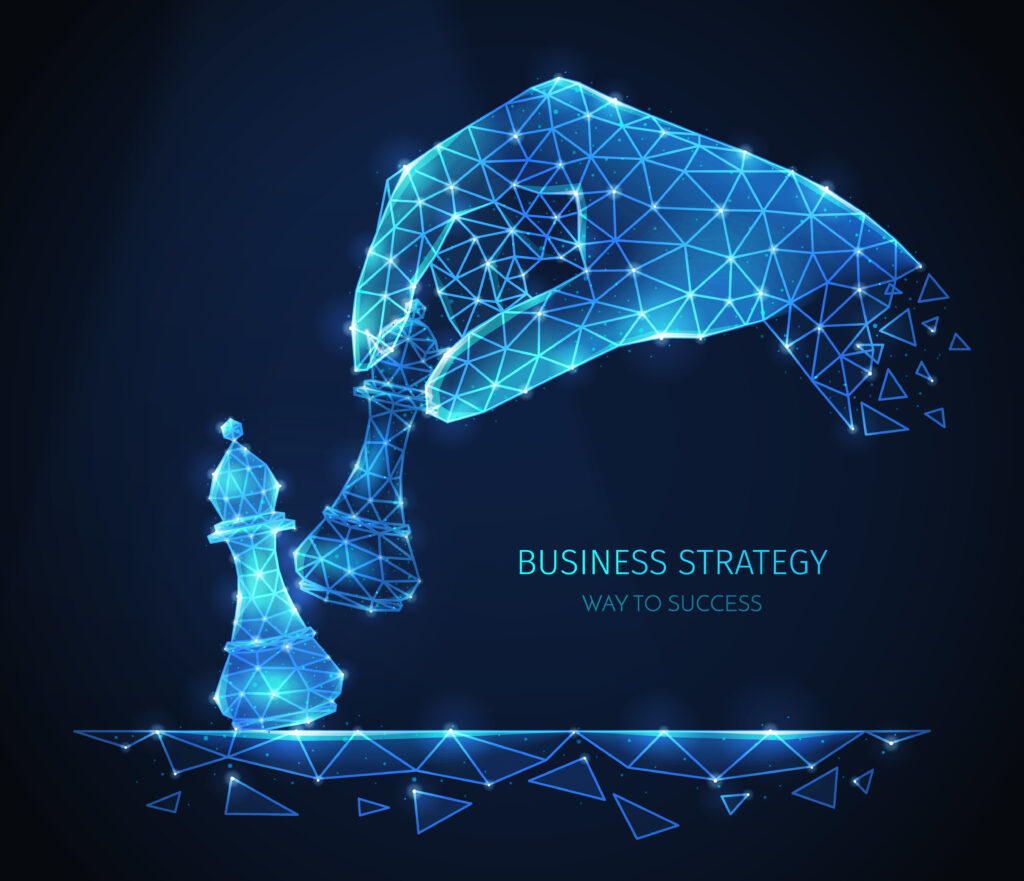What Thought Leadership Looks Like in the Age of AI Noise

We’re living in an age where AI-generated content floods every corner of the internet articles, videos, webinars, and even leadership “playbooks” are being churned out by algorithms. But here’s the paradox: the more content AI produces, the harder it becomes for real voices to stand out.
Thought leadership in 2025 is no longer about who shouts the loudest, but who speaks with clarity, credibility, and vision.
In this blog, I’ll argue that true thought leadership isn’t threatened by AI it’s refined by it. Leaders who bring authenticity, courage, and insight will rise above the noise, while those who rely on generic, AI-spun content will fade into the background.
What’s Happening in Thought Leadership Today
AI has democratized content creation. Anyone can now spin up a professional-looking article, a “how-to” script for organizational leadership in the era of AI videos, or even a branded whitepaper with the click of a button. LinkedIn alone sees over 130,000 AI-assisted posts per day. The result is a crowded marketplace of ideas, where audiences struggle to separate surface-level noise from genuine expertise.
But here’s the shift: audiences are becoming more discerning. They no longer just want more content they want more meaning. They crave leaders who share lived experiences, who can connect dots in ways AI cannot, and who have the courage to take a stance.
This is where thought leadership has changed. It’s not about being first to post; it’s about being first to provide clarity.
My Take on Thought Leadership in the AI Era
AI can write, but it cannot lead. The essence of thought leadership lies in the qualities of leadership vision, integrity, empathy, resilience, and the courage to say what others won’t. These are distinctly human traits, not programmable ones.
Take Satya Nadella (CEO of Microsoft). In 2023, he didn’t just announce Microsoft’s multi-billion-dollar partnership with OpenAI he positioned Copilot as a tool to “redistribute productivity” across industries, making AI accessible inside Word, Excel, and Teams. Instead of selling AI as a novelty, Nadella framed it as an empowerment story, ensuring people saw themselves not the machines as central to the future of work.
Or consider Elon Musk (CEO of Tesla and SpaceX). Beyond his high-profile AI warnings, he co-founded xAI in 2023 to build a “truth-seeking” AI alternative to ChatGPT. Whether one agrees with him or not, Musk’s entry forced public debate about AI safety, competition, and openness showing how thought leadership often comes from pushing controversial but unavoidable questions.
In the IT space, Sundar Pichai (CEO of Google and Alphabet) exemplifies responsible AI advocacy. Under pressure from competitors, he launched Google Bard (now Gemini) in 2023 but paired it with public calls for global AI regulation. Pichai has testified before U.S. and European lawmakers, warning that unchecked AI could destabilize societies demonstrating that leadership is about shaping guardrails, not just shipping products.
Similarly, Tim Cook (CEO of Apple) has charted a different course. While rivals raced to release generative AI products, Cook doubled down on privacy-preserving, on-device AI. At WWDC 2024, Apple introduced “Apple Intelligence” a system that integrates AI into iPhones and Macs but runs largely on the device, reducing reliance on cloud data. Cook’s stance reflects a values-driven approach: championing user trust and ethical technology over being first to market.
Jensen Huang (CEO of NVIDIA) has arguably become the most important figure in the AI boom. Under his leadership, NVIDIA didn’t just sell chips it created the infrastructure of modern AI. In 2023, Huang unveiled the H100 GPU, now considered the backbone of training large AI models like ChatGPT. He also positioned NVIDIA as more than a hardware company by expanding into AI software ecosystems like CUDA and DGX Cloud, ensuring developers could build directly on NVIDIA’s platform.
What makes Huang’s thought leadership unique is his ability to frame AI not just as a tech race but as a platform shift on par with the internet. At Computex 2023, he declared, “The computer industry is undergoing two simultaneous transitions accelerated computing and generative AI (Nividia, 2023).” By tying NVIDIA’s vision to the broader transformation of industries, he shows how leaders can guide not just companies but entire ecosystems.
Why It Matters
If leaders fail to distinguish themselves from the AI echo chamber, their credibility erodes. Audiences don’t just want to know what is happening they want to know why it matters and what should come next.
For organizations, this means leadership in the AI era must emphasize clarity of voice and consistency of action. When employees or stakeholders can’t tell whether a leader’s message is authentic or AI-scripted, trust breaks down. And once trust is gone, leadership collapses into mere management.
The implications are massive. Organizations that fail to cultivate genuine voices risk losing influence in their industries. On the other hand, companies that elevate authentic thought leaders whether CEOs, managers, or team leads gain a competitive edge because their voices cut through.
What Should Happen Next
Here’s how leaders can rise above the noise:
5 Ways to Cut Through AI Noise and Build Real Thought Leadership
1. Tell Your Own Stories
Share failures, behind-the-scenes struggles, and lessons learned. Vulnerability can’t be automated your lived experiences are your most powerful differentiator.
2. Leverage AI Smartly
Use AI for drafting, research, or organization, but always refine outputs with your perspective. AI is an assistant, not a replacement for your voice.
3. Anchor Communication in Values
Lasting thought leadership comes from principles whether it’s sustainability, equity, or innovation. Values keep your message authentic and memorable.
4. Invest in Presence
In 2025, audiences want to see and hear you. Thought leadership thrives in videos, podcasts, and live sessions where authenticity shines.
5. Develop Reflective Practices
Originality requires space. Read widely, listen deeply, and pause often. Without reflection, your voice risks blending into the AI-generated noise.
AI will only get louder. But leadership that resonates will always come from humans willing to think differently, to risk vulnerability, and to communicate with conviction. Thought leadership in the age of AI noise isn’t about resisting technology it’s about using it wisely to amplify what makes us irreplaceably human. Leaders who understand this will not only stand out but shape the conversations that define the future.
So I’ll leave you with this: Can AI ever truly replace human thought leadership, or will authenticity always win in the long run?
If you want more insights on how to develop thought leadership and strengthen your organizational leadership strategy in the era of AI, subscribe to my newsletter or connect with me directly for a consultation. Let’s ensure your voice isn’t just heard but remembered.
